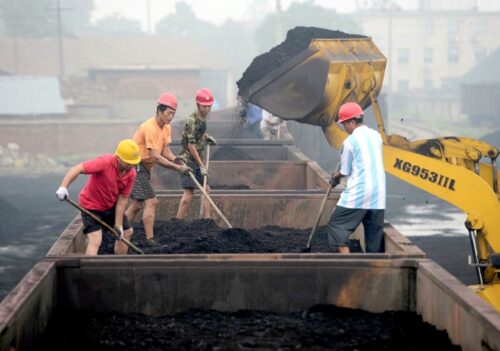by E. Worrall, Oct 24, 2025 in WUWT
Sustainability Magazine laments despite the success of green energy, the world is burning a lot of coal.
Coal Use Hits All-Time High Despite Renewable Energy Boom
A report from the World Resources Institute shows global coal consumption reached record levels in 2024, threatening 1.5°C warming target as emissions rise
Global coal consumption reached a record high in 2024, according to the World Resources Institute’s annual State of Climate Action report published this week.
The increase occurred despite rapid expansion of renewable energy capacity worldwide.
While coal’s share of electricity generation declined as clean energy surged, overall power demand grew sufficiently to push total coal use to unprecedented levels.
The findings cast doubt on whether countries can meet their climate commitments under the 2015 Paris Agreement.
…
“The message on this is crystal clear. We simply will not limit warming to 1.5C if coal use keeps breaking records.”
…
India’s prime minister, Narendra Modi, celebrated surpassing one billion tonnes of coal production this year.
…
Read more: https://sustainabilitymag.com/news/coal-use-hits-all-time-high-despite-renewable-energy-boom
The World Resources State of Climate Action 2025 report is available here, though you need to supply a lot of personal details to download a copy.
…
See also:






